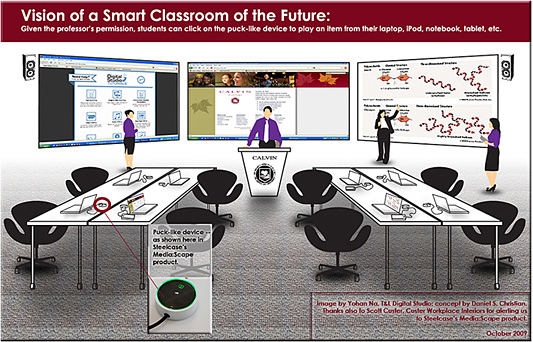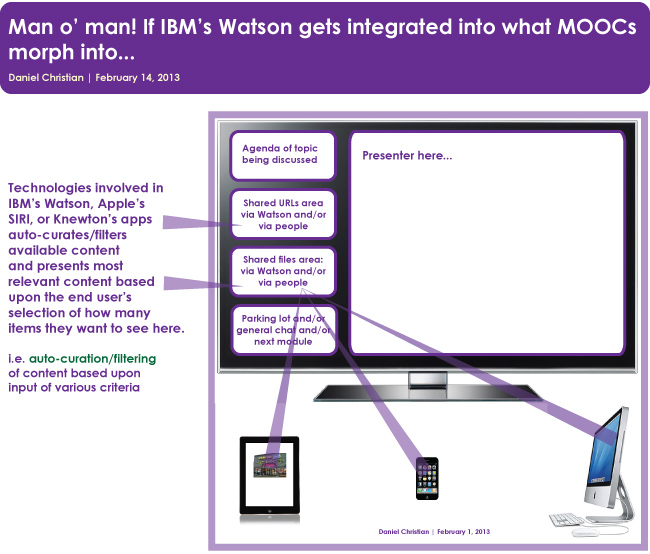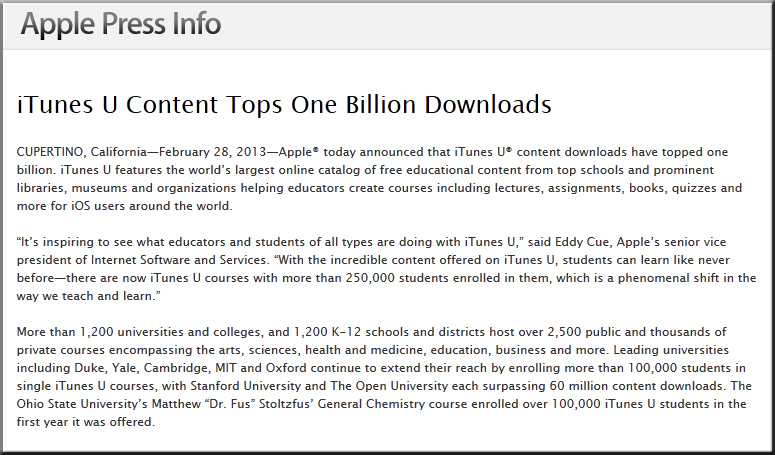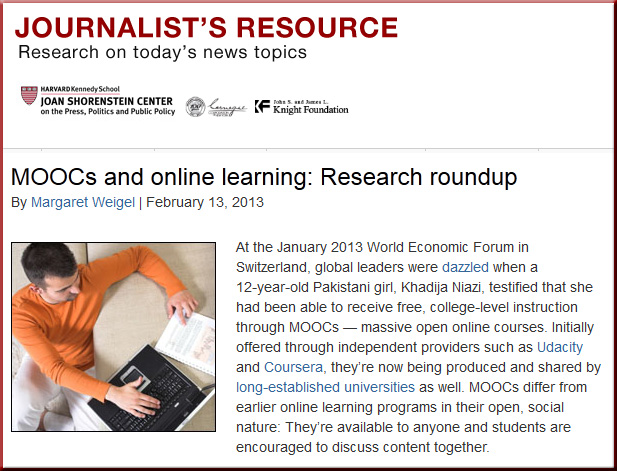‘Warnings from the trenches’ — from insidehighered.com by Colleen Flaherty
Excerpt (emphasis DSC):
“Thus, students arriving in our high school lacked experience and knowledge about how to do the kinds of writing that are expected at higher levels of education,” he wrote. And even though high school teachers may try their best to make up for lost time, they, too, are held accountable for standardized test scores. Beyond mandatory state tests, the broad scope of Advanced Placement exams can have the same short-sighted effect on instruction, he added (many of Bernstein’s courses were AP U.S. government and politics).
Consequently, he said in an interview, students now arriving at college — even elite ones — are better at “filling in bubbles” than thinking outside a discrete set of multiple choices, in the ways the higher education and adult life demand.
Bernstein said he’d planned on retiring from his Maryland high school several years from now, but decided to leave last month due to a combination of factors, including the increasingly frustrating nature of teaching in a test-focused system.
From DSC:
I saw a question out on the blogosphere the other day that asked, “After the SATs are gone, then what?” I’d like to see us pursue that line of thinking, as we need to strive to do more things for students’ learning and not so much because that’s the most efficient way to “manage” education. (I wonder about CMS’s/LMS’s in this regard as well.) My vote is for helping students identify their God-given talents, interests, passions, abilities and to help them develop those gifts — creating WIN-WIN situations throughout society and the globe. Assessment is a key element of teaching and learning, but I think we’ve gone too far with these standardized tests — the pendulum needs to swing back the other way.
Also see:
- The Future of Education .. from Isaac Asimov, 1988 #edcmooc — from dontwasteyourtime.co.uk
Excerpt:
“Once we have computer outlets in every home, each of them hooked up to enormous libraries where anyone can ask any question and be given answers, be given reference material in something you’re interested in knowing … you ask,you can find out, you can follow it up and you can do it in your own home, at your own speed, at your own direction, in your own time, then everyone will enjoy learning.”
















